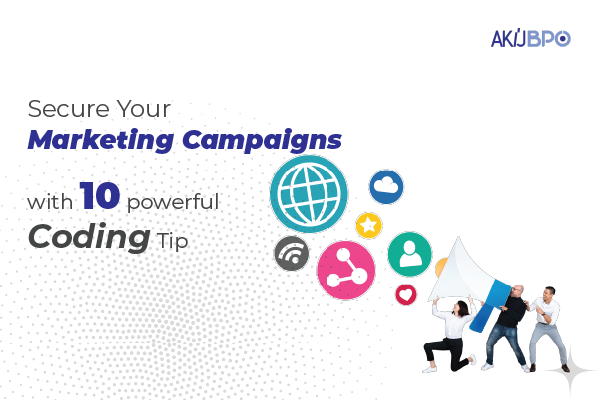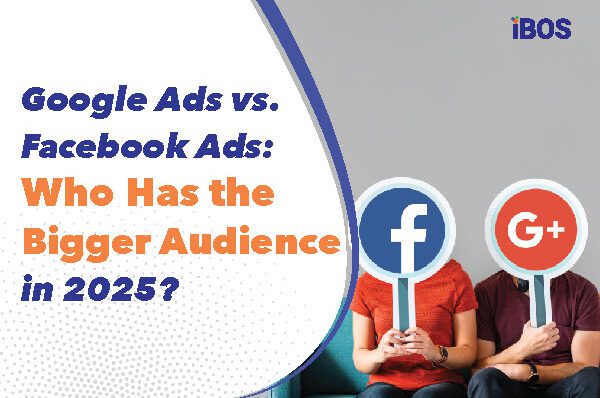In the ever-evolving digital landscape, securing your marketing campaigns is non-negotiable. Cyber threats are on the rise, with data breaches and malicious attacks targeting sensitive consumer information and undermining campaign integrity. As marketers leverage technology to reach their audience, understanding coding best practices is essential to safeguard campaigns and ensure a seamless user experience.
Here, we’ll explore ten powerful coding tips that can enhance the security of your marketing efforts, supported by data-driven insights to highlight their significance.
Introduction
Marketing campaigns thrive on creativity, data, and trust. However, with rising cybersecurity threats, the latter often hangs in the balance. From phishing scams to compromised ad platforms, security vulnerabilities can derail even the most innovative campaigns.
For marketing professionals, learning and implementing basic coding principles can bridge the gap between creativity and security, ensuring that campaigns not only captivate but also protect.
10 Coding Tips to Secure Your Marketing Campaigns
1. Encrypt All Data Transfers
Encryption is the cornerstone of cybersecurity. Use SSL/TLS protocols to encrypt data in transit between servers and clients. This ensures that sensitive consumer data—such as payment details or login credentials—remains inaccessible to hackers.
A report by Cybersecurity Ventures predicts that cybercrime damages will reach $10.5 trillion annually by 2025. Secure encryption is a crucial first step to combatting this threat.
2. Sanitize User Inputs
Web forms are often exploited through SQL injection attacks. Always sanitize and validate user inputs to ensure they don’t include harmful code. Using parameterized queries can effectively mitigate this risk.
3. Use Secure APIs
APIs power many marketing tools but can also be entry points for attackers. Always use APIs with authentication tokens and access controls to limit unauthorized access.
State of API Security Report 2023 revealed that 41% of companies experienced an API-related security issue in the past year (source).
4. Implement Content Security Policies
To protect your site and campaigns from cross-site scripting (XSS) attacks, enforce a Content Security Policy (CSP). This code restricts browser execution to approved scripts, reducing the risk of malicious attacks.
5. Regularly Update and Patch Systems
Outdated software is one of the most common vulnerabilities in any digital campaign. Ensure your CMS, plugins, and frameworks are updated to their latest versions to avoid known exploits.
6. Leverage Two-Factor Authentication (2FA)
Add an extra layer of security to your admin panels and campaign management tools with 2FA. It significantly reduces the chances of unauthorized access.
According to Google, 2FA can block 99.9% of automated attacks on accounts.
7. Secure Cookies and Sessions
Use HTTP-only and Secure flags for cookies to protect user sessions. Additionally, ensure session tokens are unique and have expiration times to avoid hijacking.
8. Monitor Logs for Suspicious Activity
Regularly monitor server logs to identify unusual patterns, such as repeated login attempts or unexplained spikes in traffic. Early detection of suspicious activity can prevent major breaches.
9. Limit User Permissions
In your marketing tools and databases, adopt the principle of least privilege. Only provide access to those who genuinely need it and ensure administrative rights are limited.
10. Conduct Regular Security Audits
No matter how well-coded your campaign assets are, regular audits are essential. Conduct penetration tests and vulnerability scans to identify potential weaknesses before hackers do.
Frequently Asked Questions
Why is coding knowledge essential for marketers?
While marketers don’t need to become full-stack developers, understanding basic coding principles enables them to collaborate effectively with technical teams, ensure secure campaign implementation, and address vulnerabilities proactively.
Can small businesses afford robust cybersecurity measures?
Absolutely! Many tools, such as Let’s Encrypt for SSL and basic API security measures, are affordable or free. Small businesses can also outsource cybersecurity tasks or adopt scalable solutions.
What is the cost of ignoring security in marketing?
Neglecting security can lead to data breaches, legal penalties, and loss of consumer trust. Studies show that 88% of consumers are unlikely to return to a business after a breach (source).
The Importance of Secure Coding in Marketing
Marketing campaigns rely heavily on consumer trust. A breach or a malfunction due to poor coding practices can erode credibility and lead to financial losses. For example, in 2021, a global cosmetics brand suffered a significant breach exposing customer data, underscoring the importance of secure practices in campaign management.
By following these coding tips, marketers can not only secure their campaigns but also create a foundation of trust and reliability that strengthens their brand.
Key Takeaways and Next Steps
Securing marketing campaigns is a continuous process that requires collaboration between marketing and IT teams. By adopting the ten coding practices outlined here, marketers can shield their campaigns from vulnerabilities and ensure they remain impactful.
If you’re new to coding, consider partnering with cybersecurity experts or taking foundational coding courses to gain the skills needed to protect your marketing efforts effectively.
Contact us now
Ready to secure your marketing campaigns with expert coding practices? AKIJ BPO offers professional solutions to enhance your campaign’s security and effectiveness. Contact us today to future-proof your marketing strategies!





Comment (1)